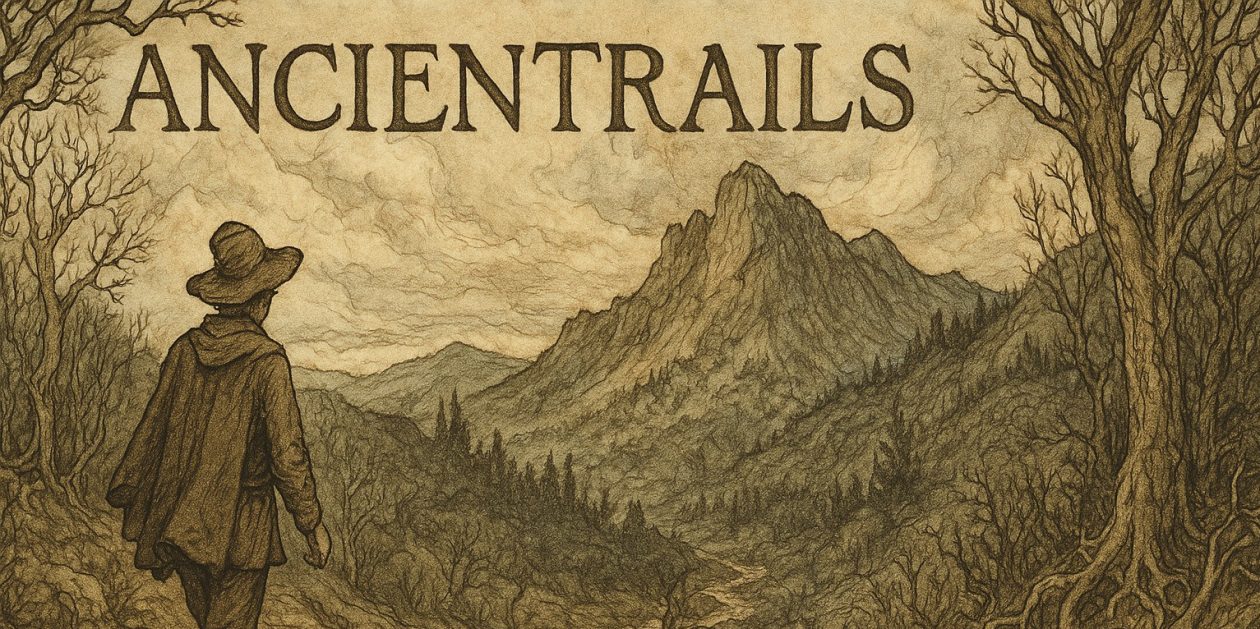Beltane Waxing Garlic Moon
A museum is an odd organization since it has a bifurcated purpose, one dealing with things and another dealing with people.
As to things, it has a responsibility to the art works in its custody, a responsibility to not only exhibit them, but to care for them in such fashion that they will survive, as many already have, for centuries, even millennia. This work of the museum is in the hands of curators, guardians or trustees from the original Latin, who both establish rules and procedures for keeping art safe, and purchase more art to enhance the museum’s collection goals. Some see curators as taste-setting or taste-makers and they can serve that role by choosing what the public will see at any one time of a museum’s collections. Others see them as conservators. Others as connoisseurs. They have all these roles and more.
Most of the time the work of the curator and the work of the museum going public line up. That is, the curator wants to have the best examples of particular kinds of art and wants to display it to advantage. The public comes to see the art and wants to see in a way that makes viewing both easy and informative. Occasionally the curator may loan out certain works or remove certain works either for conservation or on a rotation with other, similar objects. In those instances the curators work might frustrate the public.
As to people, though, the museum exists for its public. Its public has certainly been defined and refined over the years. In their origins museums served and often still do serve an educated elite who feel a particular bond with the arts and artists. As long as museums serve this group primarily, the museum usually functions without controversy.
If, however, as is now the case, museums seek to measure their worth by attendance numbers and also by the diversity of the audience, the museum has a new position in relation to its visitors. Groups who have not traditionally been seen as museum visitors, school children, financially disadvantaged persons, members of any community, really, neither moneyed nor educated at the college level and beyond, require some assistance, some guidance, some initial tutoring.
This has, traditionally, been the role of the docent whether paid or volunteer.
As more and more first time visitors come to the museum, such things as museum etiquette must be taught. Stay one foot away from everything. Use inside voices. Don’t make telephone calls in the galleries. Visitors must also be encouraged in that most basic art museum act, the encounter with individual works. This requires small groups, maybe 10-15 at best, of new visitors and a specially trained guide, most often a docent though there are now many different types of guide programs.
The vast majority of museum visitors will never see a curator, never talk to a development officer or an education staffer. They will not even know there is a department of registration and will know the board and director only as far away figures, if at all.
They will encounter the art in one fashion or another. A large number, perhaps most, will, at one point or another, however, meet a guide. Most will meet docents. Some will meet guides from other, specialized programs that focus only on school children or that provide tours of specific museum collections.
The docents and guides are hardly indispensable, but the museum does have two categories without which a museum does not make sense: art and visitors. The art needs curators, certainly, and visitors, many visitors, benefit from a guided experience, an engagement with the art designed to elicit careful looking, provide some information and enhance the possibility the art will do its radical job of confronting a visitor’s perceptions and preconceived notions.
Seen in this light, an inverted pyramid of the organization shines its light on art and visitors, then on those who work most closely with them, the guides.
The museum seen from this inverted perspective suggests a high degree of importance for a well-trained and continuously updated guide corps. It also suggests a higher level of appreciation for this volunteer group that serves the most critical aspect of the museum’s mission, making art available to all.
